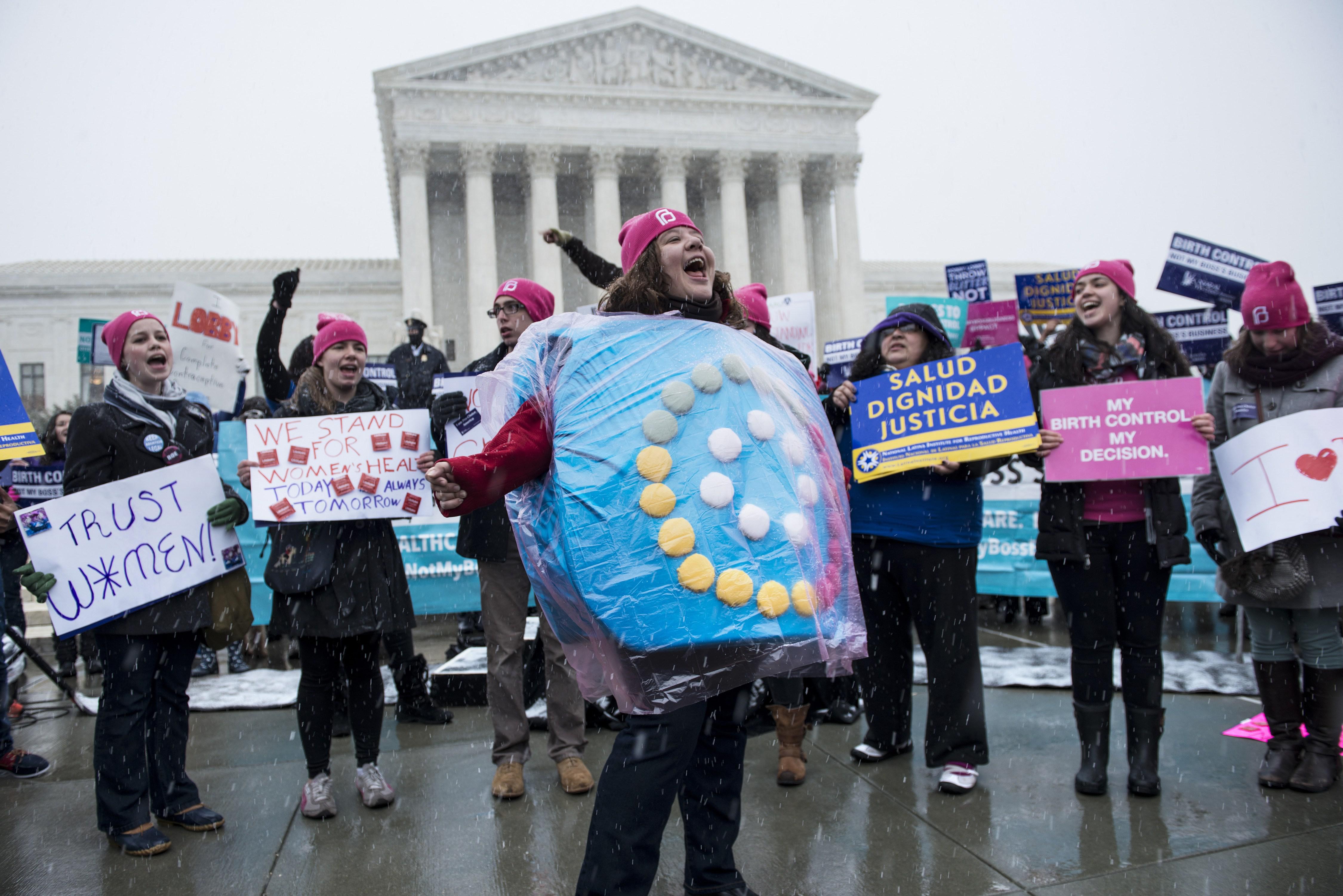Richard Reeves and Joanna Ventor of the Brookings Institution have a new paper out examining the impact income level has on unintended childbearing among single women.* They found that women have about the same amount of sex regardless of class, but poorer women are five times as likely to have unintended births than more affluent women. A huge chunk of the reason, they conclude, is because of the gap in abortion and contraception access. From the study summary:
Using National Survey of Family Growth Data from the Centers for Disease Control, the authors calculate that women living at 100 percent or less of the federal poverty level (single households earning approximately $11,200 per year or less) who are not actively trying to conceive are twice as likely not to use contraception as their wealthier counterparts (those at 400 percent or above of the poverty level, or earning over $44,700 per year). Poor women not trying to conceive are also three times more likely to get pregnant than their higher income counterparts (9 percent compared to 3 percent), and ultimately at 5 times more likely to give birth. In addition, abortion rates among the poor are lower, with 32 percent in the highest income bracket having an abortion compared to 9 percent of low-income terminations.
Using economic modeling, they found that if poorer women had the same access to contraception as more well-off women, it would cut the birth rate for single women living in poverty in half. Doing the same for abortion would also have a dramatic impact, reducing the birth rate from 72 births per 1,000 women to 49. Of course, the real solution would be to make both contraception and abortion accessible to lower-income women, which would probably result in their unintended birth rate coming very close to what it is for higher-income women.
One of the peculiar facts the Brookings Institution pulls out is that the abortion rate is higher for the highest income bracket they looked at, which was 400 percent of the poverty rate. Single women who make $47,000 or more a year abort 32 percent of their pregnancies, whereas single women making $11,670 a year or less abort only 8.6 percent of their pregnancies. Women in the middle abort 11 percent of their pregnancies. That may seem hard to square with data from the Guttmacher Institute that shows that the majority of abortions are obtained by women living in or near poverty: Nearly 70 percent of abortions are for women who make 200 percent or less of the federal poverty line.
How can it be true that middle-class single women abort nearly one-third of their pregnancies, but lower-income women, who abort a smaller percentage of their pregnancies, still make up most of patients sitting in abortion clinic waiting rooms on any given day? The answer is simple: Lower-income single women get pregnant way more often. Way more often. The Brookings Institution found that single women at or below the federal poverty line were three times as likely to get pregnant in a given year than middle-class single women. That’s because lower-income women were twice as likely to have had unprotected sex.
These statistics matter because they underline the one unchanging truth about the abortion rate: The only reliable way to lower the overall number of abortions women get is to make contraception accessible and affordable. Study after study shows this. Reducing abortion access isn’t just cruel but ineffective. Middle-class women may abort more of their pregnancies, but since they get pregnant way less often, they still have fewer abortions overall. Discouraging abortion just doesn’t work nearly as well as preventing unintended pregnancy in the first place.
Contraception is the best anti-abortion program there is. Yet, just this weekend, Chris Christie was trying to shore up his “pro-life” credentials at CPAC by bragging about how he slashed family planning funding from the New Jersey budget. The supposedly anti-abortion crowd gave a rousing cheer for this man who removed $7.5 million from a program providing the best prevention we have on hand for abortion, which is birth control.
Correction, March 2, 2015: This post originally misidentified the Brookings Institution as the Brookings Institute.
